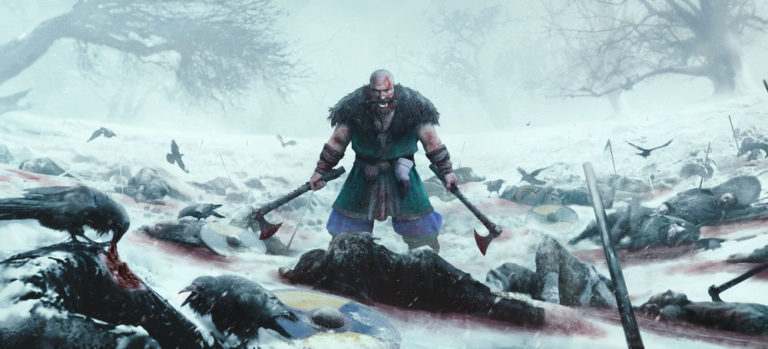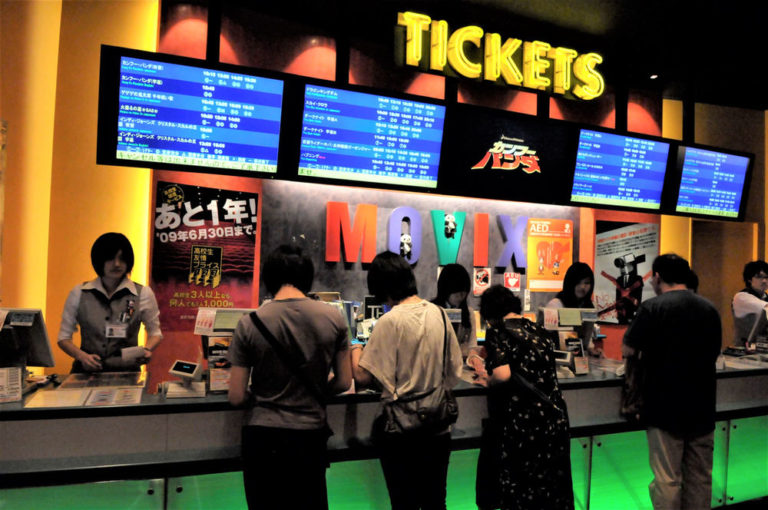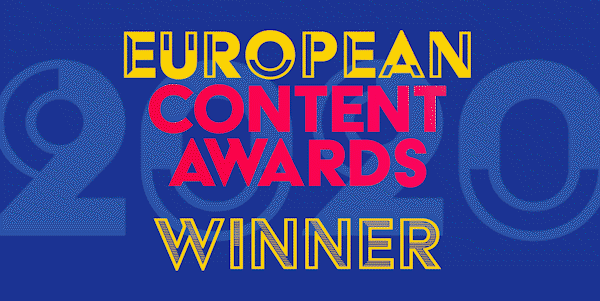Does Paid Media Work for Indie Games Launches?

Tracking games sales through online advertising can be a nightmare without the right marketing and technical setup. This is why many games producers and publishers choose to focus attention and budget on PR activities and influencer outreach: The results are tangible and relatively trackable in terms of articles, videos, and audience feedback. The following case study for the release of Expeditions Vikings demonstrates the impact on sales attributed to ads ran on Facebook and Twitter.
Gruvi’s ad campaign delivered a total Return on Advertising (ROA) of 3.87 - for each euro invested, Logic Artists received 3.87€ in profit.
If this had been timed with the 1st release of the game we estimate based on our film experience this figure could have been improved between 30 to 80% as a result of the network effect of combining PR, influencer and Paid media campaigns. This clearly shows the power of intelligent, attribution based advertising geared towards games sales and provides clear evidence that Paid media is important for a successful release strategy.
Background
In April 2017 Gruvi helped with the online marketing campaign for Logic Artist’s game Expeditions Viking (EV). Targeted countries were: the US, UK, Germany, and Scandinavian countries. For promotion, we decided to use Twitter and Facebook ad platforms. Twitter just released cards and this format looked like a great creative option for the game promotion. On Facebook, we used our own tool called the Gruvi Player which allowed us to cross-promote multiple videos after the user pressed play.

The main game trailer created by the team at Logic Artist’s included a great voice over and stunning cinematic artwork that focused on the folklore behind the game. It was a fantastic piece of creative to work with:

The campaign was split into 2 tactical buy formats:
1. An Engagement campaign focusing on providing information about the game: we used video ads and gameplay videos to explain the concept.
2. A Conversion campaign: Due to particular qualities of game development this campaign again was split into two parts
- Early seeding and testing – just after the release (Release date 27th of April)
- Launch after the first major patch. (3rd to the 7th of May and 23rd to the 30th of May)
EV officially launched on the 27th of April and then went through a series of patches and updates.
- Patch 1.0.1.5 – May 2nd
- Patch 1.0.2 – May 4th
- Patch 1.0.3 – May 10th:
- Patch 1.0.4 – May 19th
- Patch 1.0.5 – June 15th
Tracking Sales
Standard online distribution platforms (Steam, PS store, Xbox store) do not provide any kind of service for reporting on conversions either directly to the clients or back to an advertising platform. Therefore, it is impossible to see what part of your ad strategy created the sales as information is wrapped up into weekly progress reports with no breakdown. This makes it extremely complicated to figure out what part of the advertising worked from a conversion perspective.
The film industry faces a similar problem as the cinemas do not report back on numbers either. This reality hurts the ability to track and optimize the performance of the campaigns since most of the big Ad platforms like Facebook are less about targeting and more about algorithm training: this training comes via the behavioural data that’s fed back to them from audiences who begin the process of trying to buy the product.
In the ideal world, developers should connect their games to platforms like Facebook via Software Development Kits (SDKs), but we understand most efforts in games production are focused on game development rather than late-stage marketing analytics. At the time EV’s launch, there was little in the way of reliable 3rd party tracking services to help with this kind of detailed analytical setup. Services like Buffpanel and Goldfiz were not widely known or available within the industry.
During the launch, we were forced to use a weaker alternative by tracking shop button clicks on the EV site and reporting this to Facebook and Twitter. And here comes the second problem, HOW we can prove that campaigns actually made any kind of impact? We decided to use another solution: delay the campaigns, and use third-party tools like Steam Spy to sales check volume during the different dates where we advertised. Here are the results:

The final campaigns had a direct impact on total sales during the second (post-patch and post DLC from the 23rd to 30th of May) phase of conversion-oriented campaigns. The goal of the third set of campaigns was to generate clicks on the Steam page from the game site. We used people who watched 95% of the video and created lookalike audiences from them as a re-targeting option.
Overall results were as follows:

Conclusion
Online advertising positively impacts game sales. The strategy should be used as part of marketing campaign alongside influencer marketing and PR. By using financial tracking tools like SteamSpy combined with the attribution tracking from services like Gold Fizz, Buff Panel it may be possible to develop effective retargeting strategies while developing a clear Return on Investment towards a profitable game launch.
If you would like to know more CONTACT US


